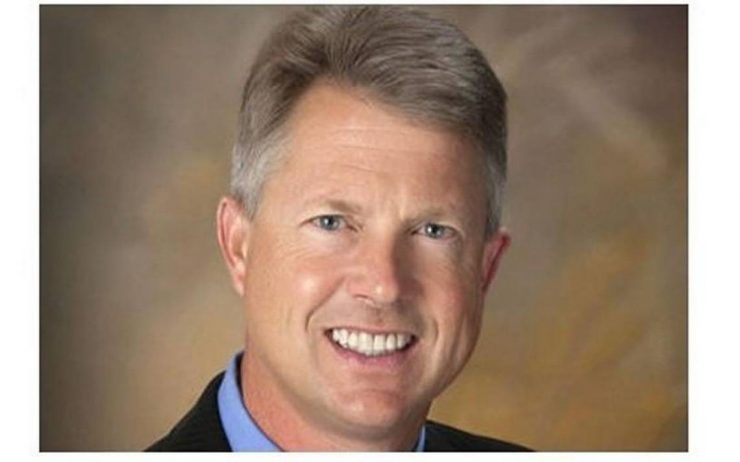
Kansas Independent Oil & Gas Association President
Just a few short years ago, no one would have imagined the U.S. could increase production of oil and natural gas while cutting greenhouse gas emissions, which are now near 25-year lows. A recent study by the Energy Information Administration indicates the U.S. emitted 23% fewer energy-related CO2 emissions in 2015 than in 2005. Further, thanks in part to increased use of domestic natural gas, ozone concentrations have dropped by 17% since 2000.
Energy production in the U.S. has increased dramatically over the last decade because the independent oil and natural gas industry is committed to investment and job creation in the U.S. and are using technology and innovation to access more oil and natural gas reserves. The U.S. is the world’s leading producer of oil, natural gas, and emission reductions.
The oil and natural gas industry has proven that over the long-term it is possible to lead in energy production AND in environmental stewardship.
For the first time in generations, American energy policy is focusing on domestic abundance, global leadership, and economic opportunity.
America’s rise to global energy leadership continues to create economic opportunities and well-paying jobs across the country. Direct, indirect and induced employment in our industry has increased by 500,000 in the last few years to a total of 10.3 million, including 118,000 Kansas jobs.
Also, American energy abundance is driving a resurgence in manufacturing. Energy costs to producers of steel, chemicals, refined fuels, plastics, fertilizers and numerous consumer products are lower as a result of affordable and abundant domestic natural gas.
America’s energy abundance has also meant that the American consumers’ energy costs are lower today. AAA reports that American drivers saved as much as $550 in transportation fuel costs in 2015. And the average American household saved as much as $1337 that same year due to lower utility costs and other energy-related savings.
The reliability of electrical power generation has been enhanced by the increased use of natural gas. Electric generation policy should focus on cost-effective electric grid reliability and resilience. Market forces, not government mandates, should drive energy policies and determine the fuel mix of power generation portfolios.
The fact is that relying on markets is how the U.S. became a global energy leader. And it is how we will remain one. Remaining a global energy superpower requires an all-of-the-above approach that is informed by market realities and focused on what’s best for consumers, the economy and the environment.
The Energy Information Administration reports that oil and natural gas supplied 65% of our nation’s energy in 2015. By 2040 they estimate that oil and natural gas will supply more than 60% of U.S. energy needs, even under the most optimistic projections for renewable and other sources.
Globally, the International Energy Agency estimates that energy consumption will increase 27% by 2040 and 77% of that energy consumption will be met by fossil fuels.
Petroleum plays an integral role in nearly every aspect of our lives. More than 6,000 products come from petroleum. People use oil-based products every day, whether it is your television remote, cellphone, or even the toothpaste and toothbrush used to brush your teeth. As a key component in heart valves, seat belts, helmets, life vests, and even Kevlar, petroleum is saving tens of thousands of lives daily. Furthermore, oil and natural gas are key components in many medicines and antibiotics such as antiseptics, antihistamines, aspirin, and sulfa drugs.
A new Pew Research Center survey found that 42% of Americans credit advances in technology with having the most impact on improving lives over the last 50 years. Technological advances that have improved daily lives and extended life expectancy are absolutely connected to oil and natural gas. The reality is that many of the technological innovations over the past 50 years have been possible because of energy, specifically oil and natural gas.
All Americans benefit from a safe, environmentally responsible, and thriving oil and natural gas industry. Market realities and a respect for consumers and their preferences should drive smarter regulations that focus on protecting the environment and growing the economy.
We have a once in a lifetime opportunity to find solutions for many of today’s most pressing issues, including creating well-paying middle-class jobs, ensuring sustained affordable energy for consumers, and enhancing our national security while continuing environmental progress.
Future generations are looking to us to get America’s energy policy right. They are counting on us to leave them with a country that is second to none in energy production, security, economic prosperity, and environmental protection.





















.png) This week the House continued to make great progress on our tax reform plan. The House Ways and Means Committee has spent the last four days engaged in mark-ups in order to prepare the bill for a vote. I am keeping a close eye on progress and making sure that the best interests of Kansans are safeguarded in the process.
This week the House continued to make great progress on our tax reform plan. The House Ways and Means Committee has spent the last four days engaged in mark-ups in order to prepare the bill for a vote. I am keeping a close eye on progress and making sure that the best interests of Kansans are safeguarded in the process.





